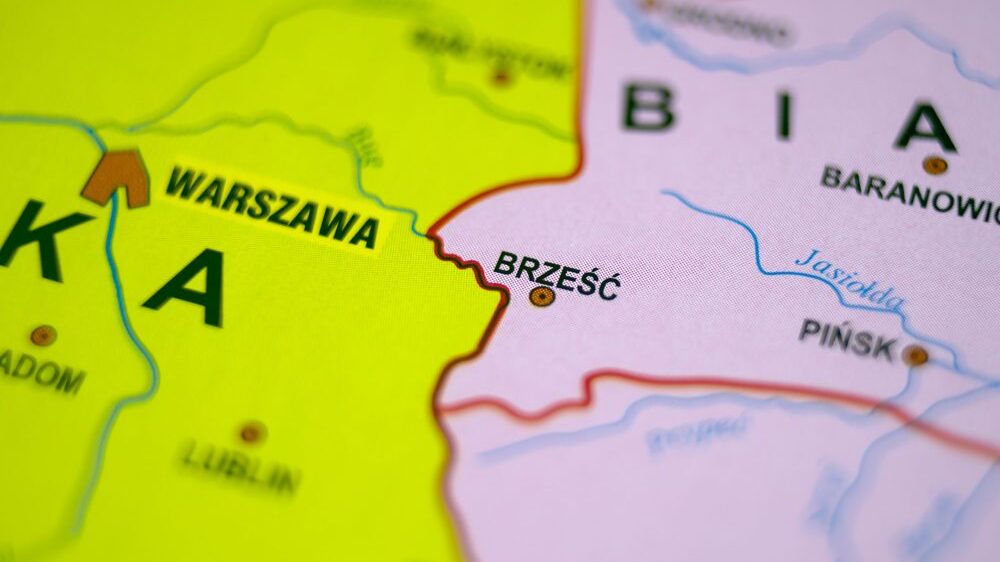
Poland has ramped up its border security with Belarus, installing anti-tank fortifications at key crossing points, clearly signalling that they intend to keep the recently shut border closed. After Polish President Andrzej Duda remarked he was ready for “the iron curtain to be rebuilt” to keep Russia away, his government is now following through, following a pattern of deepening East-West divisions.
Polish Defence Minister Mariusz Błaszczak posted images on Twitter of soldiers installing ‘hedgehogs’—an anti-tank obstacle made of metal spikes—and concrete blocks over the crossing. “Today, soldiers started building fortifications on the border with Belarus,” he wrote, highlighting that “[t]his is part of our defence and deterrence strategy.”
W lutym rozpoczęła się budowa zabezpieczeń na granicy z obwodem kaliningradzkim. Dziś żołnierze rozpoczęli stawianie umocnień na granicy z Białorusią. To element naszej strategii obrony i odstraszania. pic.twitter.com/PiR6LlQlgy
— Mariusz Błaszczak (@mblaszczak) March 9, 2023
Relations between Poland and Belarus are as tense as ever. Poland is a fervent supporter of Kyiv in its defence against the Russian invasion, while Belarus is closely aligned with Moscow. Additionally, Warsaw has long supported the Belarusian opposition and has been particularly outraged at Belarus’ recent imprisonment of an ethnic Polish journalist for eight years. Belarus, for its part, has just accused the Polish Special Forces of participating in an attempted terror attack.
Since February, Poland has been closing its border crossings with Belarus. While Poland had already erected fences in response to the migrant border crisis of 2021-2022—when Belarus weaponised mass migration against Poland and the EU—travel and trade still passed between the two countries. However, on Tuesday, February 21st, traffic was brought to a standstill as both countries announced that the border was closed.
One online writer from The Times Hub likens the situation to a “new Berlin Wall,” and describes border communities that have turned into virtual ghost towns over the past month.
Overall, the deployment of anti-tank fortifications is just the latest development in what is rapidly becoming a new front in the ongoing conflict between East and West. As similar situations continue to unfold, it is clear that what some commentators have called “the new Iron Curtain” could have far-reaching consequences for the region and beyond.
